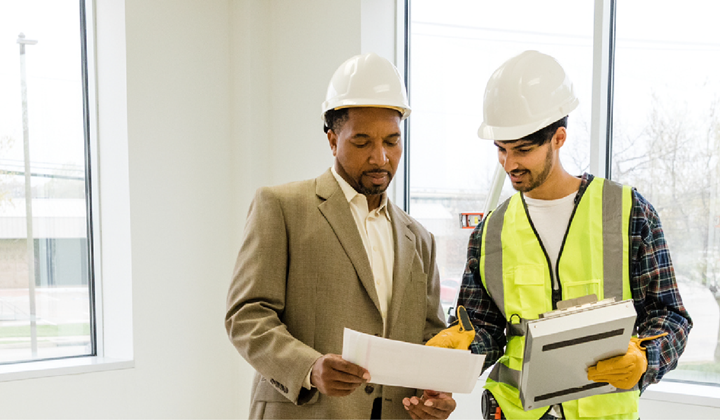

Growth in residential building costs falls well below long-term average
Home building costs rose only 2.4% in 2023, according to CoreLogic’s latest Cordell Construction Cost Index (CCCI).
That was well below the 10-year average of 4.5% and the slowest annual rise since 2016.
Last year marked a sharp pullback from 2021 and 2022, when construction costs rose significantly. So what changed?
“The industry itself is simply facing less pressure on overall capacity, compared to its peak at the end of 2022, where over-stretched builders struggled to keep up with workloads for new houses and renovations,” CoreLogic Chief Property Economist Kelvin Davidson said.
“Records show material supply chains are easing further, with timber prices stabilising, and even some modest falls for metal products.”
While there have been some price rises on general hardware, mainly imported products, this has been the exception rather than the rule.
The CCCI measures the rate of change of construction costs for three-bedroom, two-bathroom brick-and-tile single-storey dwellings.
Lower for longer
Mr Davidson said 2024 was likely to play out similarly to 2023, with only mild increases in building costs.
“The surge in net migration may help to restrain the pace of construction sector wage growth, which could also cap overall cost growth, considering that salaries account for 40-50% of the total cost of a new-build, excluding land,” he said.
“It wouldn’t be a surprise to see the annual rate of change in the CCCI run at 3-4% throughout the year, with builders still reasonably busy but not facing the intensity of recent years.”
Mr Davidson also said the decline in dwelling consents (see previous story) suggested we could probably expect a prolonged period of restrained cost increases.
“Although it's unlikely costs for households potentially looking to buy a new-build or commission their own project will get any cheaper, at least costs shouldn't be spiking higher either,” he said.
“Encouragingly, demand incentives, such as lower deposit requirements under the LVRs for people to invest in new-build properties, should give developers some degree of confidence to keep bringing forward new projects. In the long run, this new supply is what we need to keep housing affordability under some kind of control.”
With building costs likely to remain subdued for some time, this could be a good time to build. Before your clients get started, it's a good idea for them to get a pre-approval, so they know their budget. I can help them with that.
